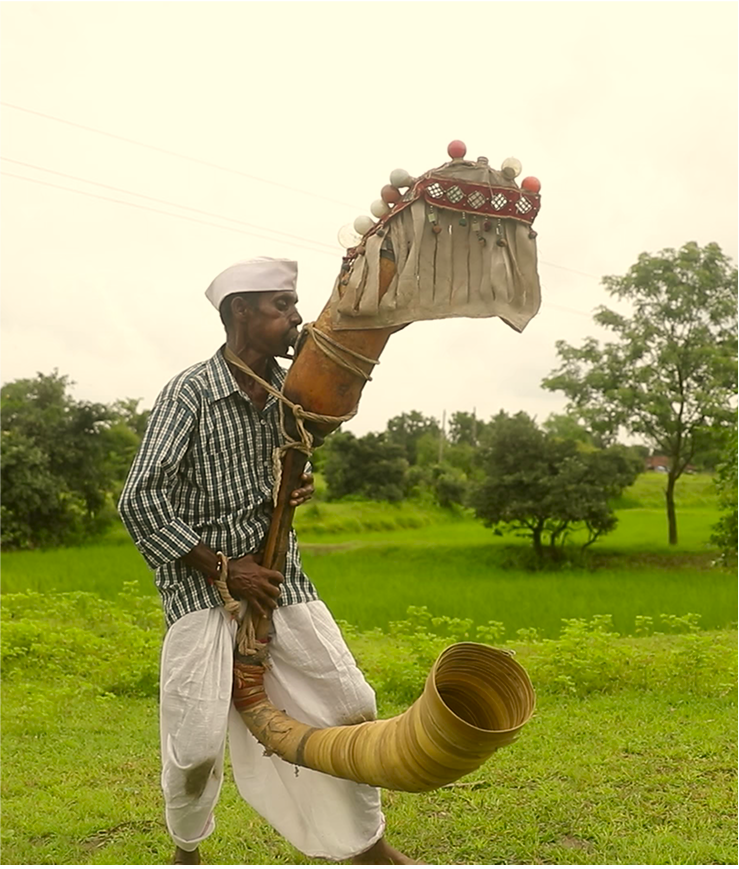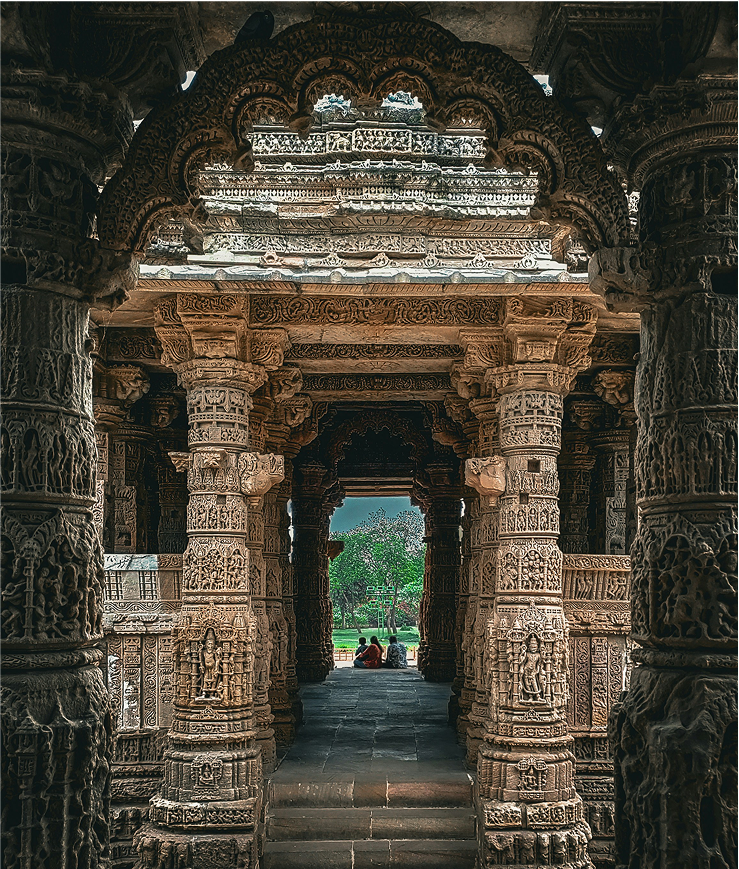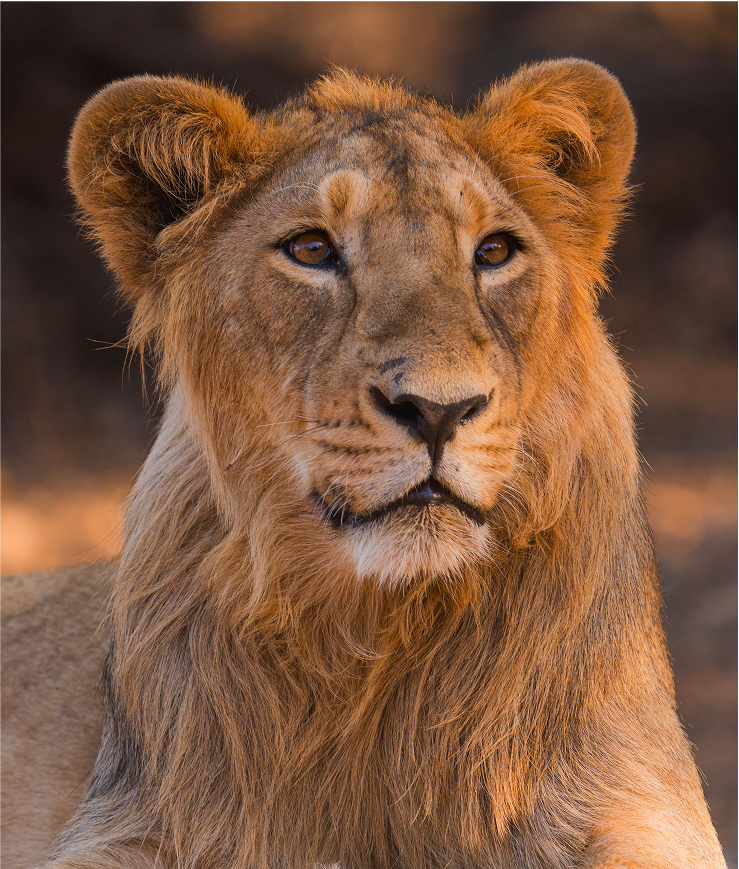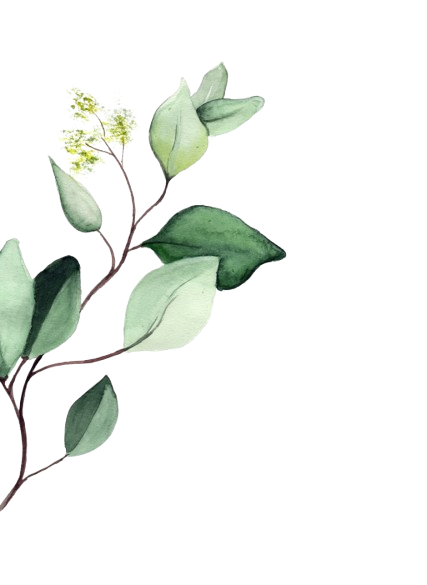Gujarat is best explored between October and March, when the weather is cooler and ideal for sightseeing. This period also coincides with many vibrant festivals, offering travellers an opportunity to experience the state’s cultural richness. Summers in Gujarat can be extremely hot, while the monsoon season may limit access to certain remote areas. Wildlife enthusiasts may prefer the winter months, which are optimal for visiting Gir National Park and other wildlife sanctuaries.
The primary gateway to Gujarat is the Sardar Vallabhbhai Patel International Airport in Ahmedabad, which connects the state to major Indian cities and a few international destinations. Additionally, domestic airports in cities such as Vadodara, Rajkot, Bhavnagar, and Surat facilitate smooth intercity travel. Most terminals across the state are well-equipped with lounges, eateries, transport facilities, and essential services, ensuring comfortable transit for travellers.
Gujarati is the official language of the state and is spoken widely across urban and rural areas. In major towns and tourist hubs, Hindi and English are commonly understood, making communication relatively easy for travellers. In more remote regions, local dialects such as Kutchi and tribal languages like Bhili might be encountered. Most travel-related establishments offer signage and assistance in English, ensuring accessibility for international visitors.
Gujarati cuisine is a paradise for vegan travellers, with its deep-rooted tradition of plant-based cooking. The state's culinary heritage emphasizes seasonal vegetables, legumes, and grains, with minimal reliance on animal products. Dishes like khichdi, thepla, and undhiyu are naturally vegan or can be easily adapted. Snacks like dhokla and khandvi, often made with chickpea flour and steamed, are both flavourful and wholesome. While dairy products are common in traditional fare, many restaurants and homestays are now catering specifically to vegan preferences by offering dairy-free versions of classic dishes.
Gujarat’s cultural fabric is woven with folk music, devotional practices, vibrant textiles, and joyous festivals. The state is home to centuries-old crafts, including tie-dye (Bandhani), handloom weaving, and intricate embroidery. Dance forms like Garba and Dandiya Raas take centre stage during Navratri, while traditional rituals and family customs remain central to daily life. Greeting others with folded hands, removing shoes before entering homes and temples, and showing respect to elders are gestures deeply ingrained in local etiquette. Vegan travellers will find warmth and hospitality deeply embedded in the cultural experience.
The architecture of Gujarat is as diverse as its history. From the ancient Indus Valley remnants at Dholavira to the intricately carved Jain temples of Palitana and the Indo-Islamic structures in Champaner, the state's buildings tell stories of its past dynasties and spiritual traditions. Notable landmarks include the Sun Temple at Modhera, the UNESCO-listed Rani ki Vav stepwell, and the awe-inspiring Statue of Unity, the world’s tallest statue. Each monument showcases a unique blend of craftsmanship and symbolic meaning, making them essential stops on any cultural journey through the state.
Some of Gujarat’s most iconic destinations include the spiritual Somnath Temple, the vast and surreal White Desert of Kutch, the serene Saputara Hill Station, and the culturally vibrant city of Ahmedabad. The Statue of Unity, standing at 182 meters, attracts travellers from around the world. These sites collectively offer a blend of architectural marvels, natural wonders, and spiritual experiences that reveal the soul of Gujarat.
Gujarat offers excellent reliable mobile network coverage across most regions, especially in urban centres like Ahmedabad, Vadodara, Surat, and Rajkot, as well as popular tourist destinations such as Bhuj, Dwarka, and Gir. Travellers can conveniently purchase prepaid SIM cards with generous data plans at airports or authorised mobile retailers by presenting valid photo identification (e.g., passport and visa copy). Free Wi-Fi is widely available in hotels, guesthouses, cafés, and many public spaces, allowing vegan travellers to stay connected, use navigation apps, or find vegan-friendly eateries and stores with ease.
Gujarat celebrates its festivals with unmatched enthusiasm and grandeur. Navratri, the nine-night Garba and Dandiya dance festival, is celebrated across the state with traditional music, vegan-friendly street food, and community gatherings. Uttarayan, the kite-flying festival held in January, fills the skies with colour and joy. Janmashtami, Holi, and Diwali also bring communities together with decorative displays, rituals, and plant-based feasts. These festivals offer travellers a chance to witness Gujarat’s cultural spirit and often include opportunities for active participation.
For travellers interested in ethical and sustainable shopping, Gujarat is a treasure trove. The state is renowned for its Bandhani sarees, Ajrakh block prints, Patola silk, and intricate beadwork, all of which are often handmade using age-old techniques. Jewellery crafted in silver, brass, and other local materials is available in bustling markets like Law Garden in Ahmedabad or the artisan stalls in Bhuj. Vegan travellers looking to support environmentally responsible tourism will find that purchasing directly from artisans helps preserve heritage and supports rural livelihoods.
No visit to Gujarat is complete without attending a local Garba night during Navratri, exploring the salt plains of the Rann of Kutch under a full moon, or watching Asiatic lions roam freely in Gir National Park. For a spiritual experience, taking part in an early morning aarti (prayer) at a riverside temple or joining a yoga session in a heritage haveli offers a deeper connection with the local way of life. Vegan travellers can also visit organic farms or take cooking workshops to learn how to prepare traditional Gujarati dishes using plant-based ingredients.
Gujarat has a strong tradition of vegetarianism rooted in Jain, Vaishnav, and Swaminarayan spiritual philosophies, many of which advocate ahimsa, or non-violence towards animals. This foundation has made Gujarat one of the most vegan-friendly regions in India. In recent years, a growing number of cafes, eco-retreats, and organic markets have embraced veganism, offering dairy-free alternatives, sustainable packaging, and cruelty-free products. From ancient beliefs to modern innovations, the state is gradually evolving into a green haven for conscious travellers.




Walk into Sabarmati Ashram in Ahmedabad and you’re not just entering a quiet riverside retreat — you're stepping into history. This was Mahatma Gandhi’s base for over a decade and the birthplace of the Salt March, a civil disobedience movement that would ripple across the world. Even today, its simple walls echo with the ideals of truth, peace, and resistance.
In the quiet village of Nirona in Kutch, a rare art form thrives — Rogan painting. Made from castor oil and natural pigments, this intricate technique has survived through one family for generations. In 2014, the world took notice when Prime Minister Modi gifted a piece of this art to President Obama — a proud moment for an almost-lost legacy.
With its dramatic landscapes — from wetlands to deserts, forests to coastline — Gujarat shelters over 530 bird species. That’s nearly 40% of all of India’s avian population, making it a dream come true for birdwatchers. Whether it’s the elegant flamingos of the Rann or migratory guests from Siberia, the skies here are always alive with flight.
Gir National Park is the last refuge of the majestic Asiatic lion. Once on the brink of extinction, these regal creatures now number over 670, thanks to decades of careful conservation. Seeing a lion here, prowling through teak forests, is like glimpsing the India of ancient texts — wild, powerful, and proud.
Far from Africa yet deeply African — the Siddi community of Gujarat traces its lineage to African merchants, sailors, and slaves who arrived centuries ago. Today, they keep their identity alive through vibrant music, traditional dance, and an unspoken pride in their unique place in Indian history.
Before temples and textiles, Gujarat was home to giants. At Raiyoli near Balasinor, India’s largest dinosaur fossil site, you can walk among bones that are 65 million years old. Among them is the Rajasaurus narmadensis — India’s very own horned carnivore, whose remains were found only here.
The Modhera Sun Temple isn’t just an architectural marvel; it’s an astronomical one. Built in 1026 CE, the temple was designed so precisely that on the day of the equinox, the rising sun shines directly into its sanctum — as if time itself bows in reverence.
Long before skyscrapers and smart cities, Gujarat was building docks. In Lothal, dating back to 3700 BCE, archaeologists uncovered the world’s oldest known artificial dockyard — a feat that proves Gujarat’s ancient mastery of maritime trade with faraway lands like Mesopotamia.
In the coastal town of Mandvi, giant wooden dhows — up to 40 meters long — are still built entirely by hand. With no modern tools, no blueprints, and only ancestral memory to guide them, craftsmen continue to create vessels that once ruled the Arabian Sea trade routes.
In the villages of Gujarat, looms still hum with centuries-old traditions. From the painstaking double ikat Patola — where dyeing and weaving are done with mathematical precision — to the joyful bursts of Bandhani tie-dye, each fabric tells the story of a community, a ritual, a belief.
Nowhere else in India will you find four UNESCO World Heritage treasures side by side: Ahmedabad’s vibrant 600-year-old walled city; the archaeological riches of Champaner-Pavagadh; the Harappan port-city of Dholavira; and the spellbinding Rani ki Vav — a subterranean stepwell of stories, sculpture, and science.
Every winter, the surreal salt flats of the Rann transform into a flamingo ballroom. Colonies of over 100,000 greater and lesser flamingos nest and breed here, painting the barren white landscape in hues of pink and poetry.
In the shimmering plains of the Little Rann, a lone figure darts through the heat haze — the Indian Wild Ass, found nowhere else on Earth. These elegant, untamed creatures are relics of an ancient ecosystem now protected in Gujarat’s Wild Ass Sanctuary.
Gujarat’s 1,600-kilometer coastline is not just long — it’s legendary. It holds India’s first Marine National Park, with islands surrounded by coral reefs and filled with marine life. You can snorkel here and find underwater worlds untouched by time.
After the monsoon, the Great Rann of Kutch emerges — a vast white desert stretching over 7,500 square kilometers. So reflective and radiant, it’s visible from space. Walk on it under the moonlight during Rann Utsav, and it feels like walking in another realm.
The Shatrunjaya Hills in Palitana are home to the world’s largest temple complex dedicated to a single religion. With over 900 intricately carved Jain temples spread across a 3,500-step climb, this is less a hike and more a pilgrimage — through devotion, silence, and stone.
Buried in silt for centuries and rediscovered in the 20th century, Rani ki Vav in Patan is one of India’s most exquisite stepwells. Built in 1063 CE and stretching seven tiers deep, it features over 1,500 sculpted figures — each a masterpiece of storytelling in stone.
Gujarat was once a patchwork of princely states, each with its own palace, culture, and court. Many of these palaces still stand tall — like the sprawling Laxmi Vilas Palace in Vadodara, four times the size of Buckingham Palace, where echoes of a regal past still linger in the marble halls.